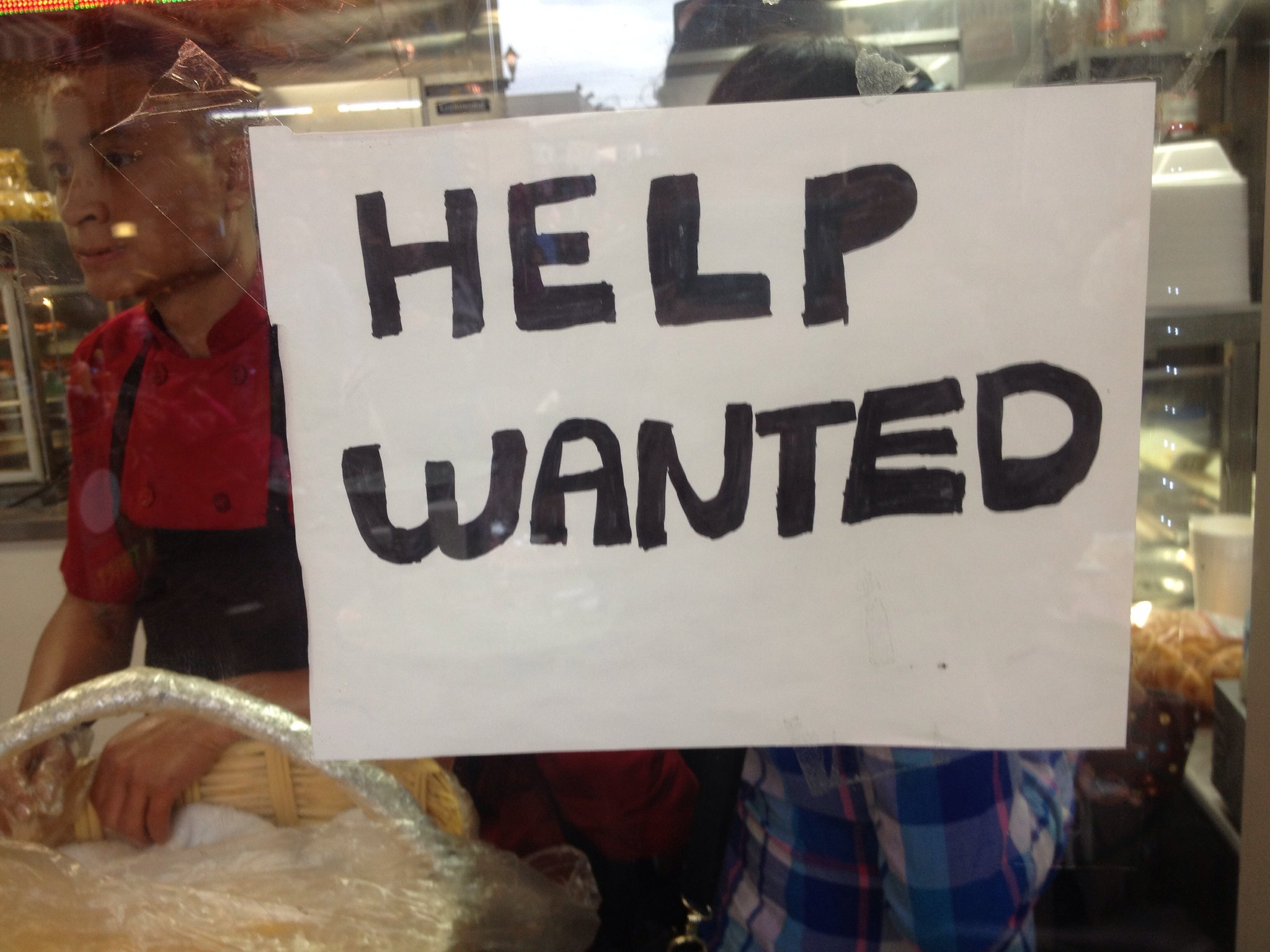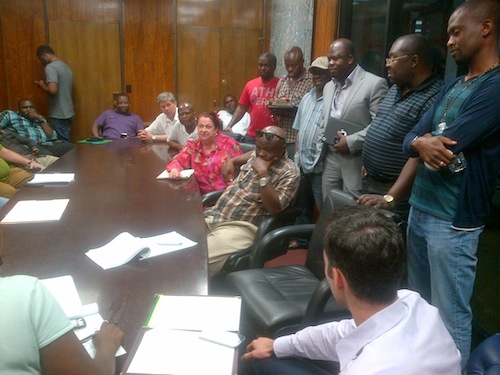As we approach Labor Day, several economists, demographers, and other experts are sounding the alarm: the country needs immigrants – from meat packing to home building to STEM professionals to nurses – to keep pace with the job-creating post-pandemic economy and long-term economic growth. While public discussion focuses on the estimated 2 million border crossings for the fiscal year – not the same as 2 million people – the economists are focusing on the fact that about 10 to 15% of job openings that typically employ immigrant or foreign-born workers are still vacant.
And yet, the legal immigration system is in dire straits, there’s a monstrous backlog of green cards, generations of people are waiting for legalization, the asylum system is virtually paralyzed and there’s absolutely no appetite in Congress – mostly on one side – to ease restrictions for even the most popular of legal immigrants. Dreamers and STEM PhDs come to mind.
A briefing organized by EMS( Ethnic Media Services) brought speakers who explained what is at stake and why the policy stalemates on immigration can damage the USA’s economic recovery and long-term economic health.
Giovanni Peri, Ph.D. Professor of Economics at the University of California, Davis, Research Associate of the National Bureau of Economic Research in Cambridge, Massachusetts, and the Founder and Director of the UC Davis Global Migration Center. He gave some perspectives on the factors responsible for the shortages and possible solutions.
From mid-2019 -2021, there has been zero net immigration in the US. US census bureau updates. Since late 2021 and early 2022, the numbers have slowly started growing again. This is significant in terms of how many immigrants we missed. Without this hold and decline, we would’ve had as of July 2020 to 1.7 million more immigrants. The slowness in visa processing wound reducing for a while and when Covid hit it ground down to zero. This is 1.1% of the US labor force which is daunting because according to the census bureau it predicted a growth of 1.6% x 2022. Peri described the specs on the immigrants who make up this void: 900,000 would’ve been college-educated immigrants who work in large part in the stem sectors such as doctors Computer scientists biomedical engineers bio experts etc. 800,000 would’ve been non-college educated concentrated in a few sectors in particular such as hospitality restaurants personal services like elderly care childcare disabled care etc. this all reflect the areas of the highest incidence of shortages or most number of job openings and field food hospitality which are 14% of job openings these are big numbers but we also missed about 400,000 foreign college students per year which will translate in the next few years in another hundred to 150,000 fewer workers for the year of college grads.
He then proceeded to connect these stats to price growth. This decline or halt in immigration is happening at a time when there is an incredible shortage of workers. Immigration is one of the causes but not the only cause but also the fact that a lot of people in their 50s and 60s are taking early retirement brought on by Covid complications or other things. The other group of individuals is those who have decided to change jobs given that there are opportunities of working from home increasing in some sectors and that was a little more work-intensive and dangerous and they were exposed. This group decided to stay at home re-qualifying themselves and working for online jobs. These factors have led to a very large increase in the number of vacancies. In July 2022 there were 10 million unfilled jobs in the US whereas in 2019 there were 6 million which means there are four extra million unfilled jobs that cannot find a person to fill. Putting this in perspective, there are 1.7 million missing immigrants who would have probably filled these shortages. This matters because if companies cannot find workers they need to pay more which will translate into higher prices on services.
Another implication of this shortage is the bottleneck which means companies or employers don’t grow as much which also generates a reduction in opportunities elsewhere. So, higher prices equal slower growth and a reduction in opportunities for other jobs.
Sharing what can be done about this, he offered some solutions including putting more resources into processing visas and green cards and clearing all of the backlogs that have been created to speed up and catch up on the impact. Another solution could be introducing new immigration policies such as economic-driven types of visas for workers that would work in these types of sectors such as construction, health care, elderly care, etc. This will go well beyond what we have now for agricultural workers or the H1B which is the only one admitted and is in huge demand. Expanding that would be great and require some legislative action.
Julie Collins, CCP, LP, MS Program Director Department of Cardiopulmonary Sciences, College of Health Sciences, Working on the COVID floor of her hospital for two years, has seen firsthand the impact of the critical shortage of nursing professionals. Burnt-out nurses began to take early retirement or change careers. Although there are little or no more covid floors there is however a big shortage of healthcare professionals. Currently, there are 194,000 open positions for nurses, and not enough US nurses to fill them. Since the 80s, when hospitals were understaffed, nurses from other countries have filled these roles. But today, annually, H1B visas are limited to 140,000 and family-sponsored visas are limited to 226,000.
Gregory Z. Chen, Esq. Senior Director of Government Relations, American Immigration Lawyers Association lamented the fact that “In the past six or seven years we have seen tremendous delays in the immigration processes across the country, both in the courts and also through the US Citizenship and Immigration Services (USCIS),”.
He shared that there are currently 1.6 million cases “waiting to be heard, (each one) typically takes four to six years now,” which impedes businesses that can’t wait that long.
Sharing how these backlogs can be fixed through comprehensive immigration reform it was regrettable that to gain bipartisan support President Joe Biden, who has made provisions in his Inflation Reduction Act seems to have abandoned this promise to secure bi-partisan support.
Meanwhile, the Automated Export System (AES), the agency in charge of processing work permits, has increased its processing times from 180 days to up to seven months.










